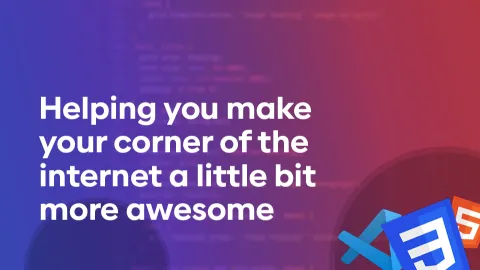Footer Semantics
From a POV of semantics should h tags and p tags be used in footer? If this is correct what other tags should be avoided?
If we look at page as a table of contents I feel like headings and paragraphs have no place in footer (or header) since they are not part of the content of a page. They help navigate content. Thus i feel like using span for h and p more relevant.
Am I wrong?
If we look at page as a table of contents I feel like headings and paragraphs have no place in footer (or header) since they are not part of the content of a page. They help navigate content. Thus i feel like using span for h and p more relevant.
Am I wrong?
